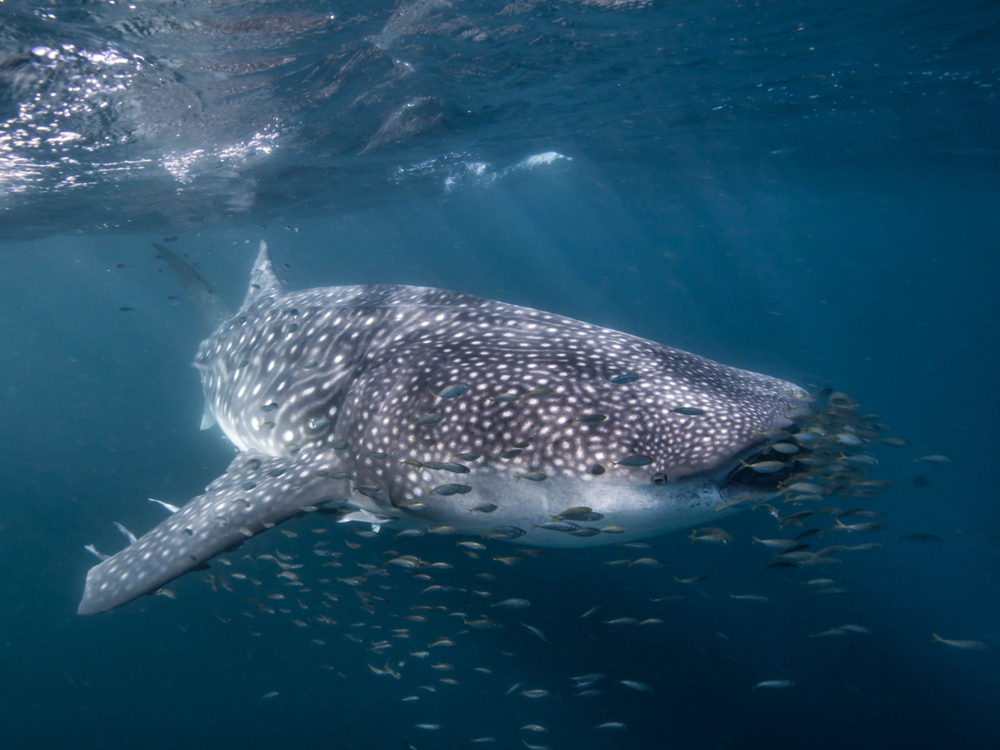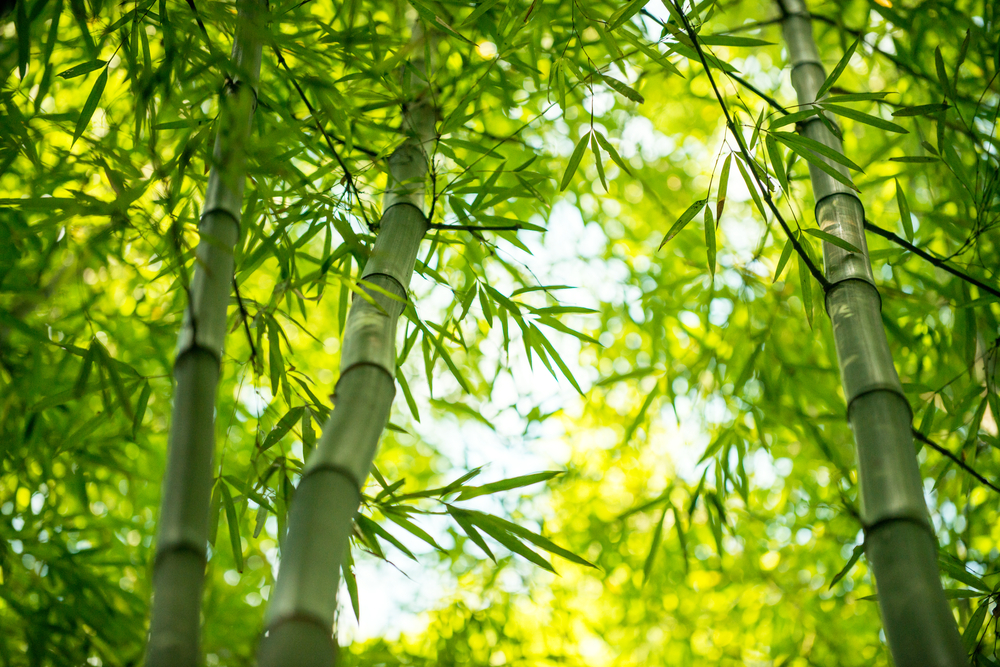Filter feeding is one of the most interesting forms of consumption that exists. The incredible method is efficient for the animal in question and is good for the wider ecosystem.
Filter feeding works like fishing with a large net. An animal will take a large body of water in its mouth and then force the water out through a sieve. This process leaves behind a wide selection of animals, crustaceans, insects, algae and nourishing food for the larger animal. If the animal was to simply try and eat these items one by one it would either take too long or result in consuming too much water. This method is fast, efficient and nutritious.
Different animals have different methods to filter. Some generate pressure and force the water out through the gills others use the process more passively. The process helps to keep the wider ecosystem balanced as large animals consume large amounts of plankton and other food items. Many of these animals are also able to remove toxins from the seafloor. While some filter feeders are able to take these toxins, many are not. This is why we should be concerned about the health and status of our oceans. While you might see one bottle floating in an ocean and think it is not that bad it could be detrimental to the diet of a filter feeder and therefore the wider ecosystem.
There are numerous types of ducks, swans, and geese that are filter feeders. They have rows of tiny structures in their bills that act as a sieve for the water. Humpback whales and whale shark are two larger examples of filter feeders. A 20-foot long whale shark will filter feed on 6 pounds of crustacean every hour.
This incredible method of food consumption does make the filter feeders vulnerable to environmental disasters like oil spills. Do your bit for the environment and ensure we have animals like this for many years to come.







